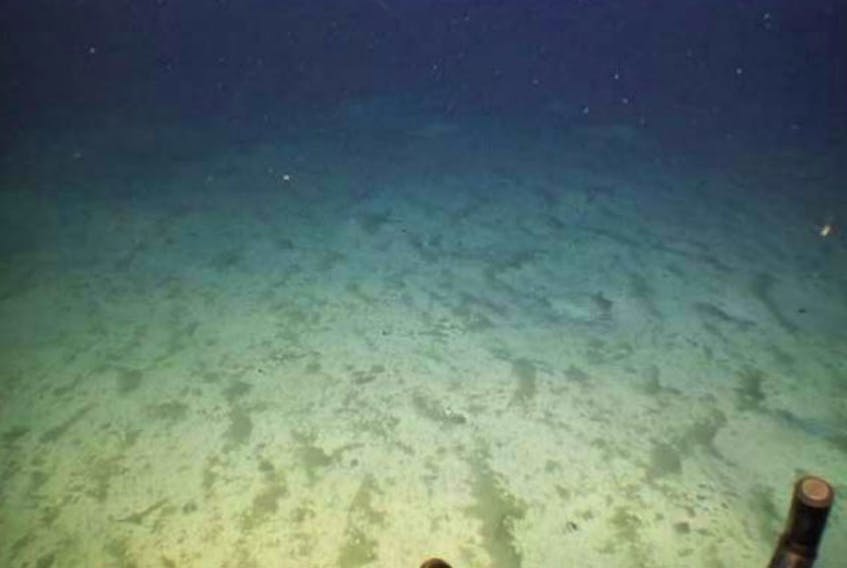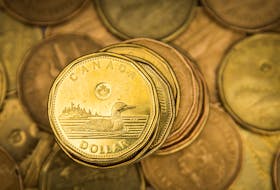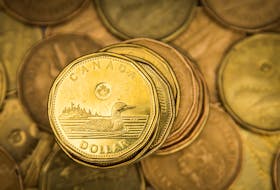Nova Scotia’s offshore regulator has issued BP Canada a non-compliance notice, after an investigation found faulty drilling equipment caused thousands of litres of synthetic mud to spill into the Atlantic Ocean.
In a report released Monday, the Canada-Nova Scotia Offshore Petroleum Board said the leak was caused by a failed connection in the mud boost line – the first failure of its kind to be reported in the industry globally.
However, the petroleum regulator concluded that the incident had “no significant adverse environmental effects.”
While the notice of non-compliance will remain on record to be considered in future interactions with BP, the regulator said further enforcement against the energy giant is not necessary.
BP spokeswoman Maureen Herchak said in an email that the company is reviewing the investigation report.
In June 2018, synthetic drilling mud spilled from the West Aquarius drilling rig contracted by BP from Seadrill Ltd.
The leak occurred about seven metres below the water surface at the Aspy D-11 exploration well, roughly 330 kilometres south of Halifax.
About 136,000 litres of fluid – made up of several chemicals, including calcium hydroxide, calcium chloride and organophillic clay – spilled into the sea in the Scotian Basin.
Drilling fluids are used to lubricate the drill bit, maintain pressure control in a well and carry broken bits of solid material from the well to the surface for processing.
The report said because small amounts of mud are routinely discharged with drill cuttings after treatment, chemicals that are biodegradable with low or no toxicity are used.
The 17-page report said that at the first sign of mud losses, BP responded according to established procedures and “identified and implemented a number of corrective and preventative actions to avoid a re-occurrence during the drilling program.”
In addition, the manufacturer of the marine riser – the large pipe connected to the wellhead used to carry the drilling mud – issued a product advisory to alert users of the potential for this type of incident.

“Taking into account the results of the investigation, and based on consideration of a number of factors … a determination was made that additional regulatory action is not warranted,” the report said.
A spokesperson for the regulator confirmed in an email that the notice of non-compliance carries no monetary penalties.
Stacy O'Rourke said the cost of the investigation is part of the regulator’s operating budget, which is paid by governments.
She said the regulator recovers its costs from industry on behalf of both the federal and provincial government. O’Rourke added that any external expenses such as lab analysis are also recovered from industry.
Nova Scotia’s offshore energy sector has an estimated possible resource of eight billion barrels of oil and 121 trillion cubic feet of gas.
In 2012, BP won exploration rights in Nova Scotia’s offshore with a $1-billion bid.
Hess Corp., BP’s partner in the Scotian Basin, said last November its first well did not encounter commercial quantities of hydrocarbons.
In January, BP said it was scaling back petroleum exploration, giving up half the area included in its licence.









